Purpose
Void fill addresses empty space, while protective packaging focuses on direct product protection.
2 min read
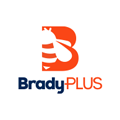 BradyPLUS Editorial
:
February 12, 2024
BradyPLUS Editorial
:
February 12, 2024
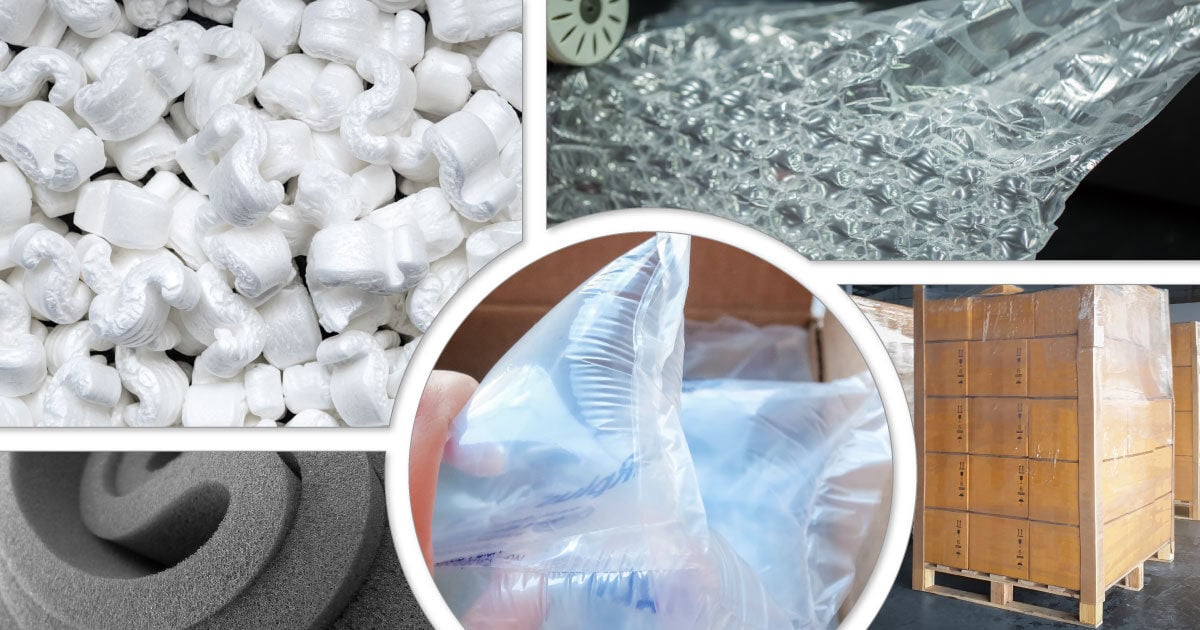
For manufacturers, ensuring your products arrive at their destination in pristine condition is paramount. The last thing you want is to deal with damage, frustration, and costly returns. That’s where void fill and protective packaging come in—two essential solutions that work together to ensure your shipments arrive safely and securely. The right combination protects your products, safeguards your brand’s reputation, and helps your bottom line. In this guide, we’ll break down the differences, benefits, and best practices for integrating these packaging solutions into your shipping strategy.
Void fill packaging is designed to fill empty spaces within a shipping box or container. Its primary function is to prevent products from shifting during transit, reducing the risk of damage caused by movement. Void fill solutions are lightweight, cost-effective, and often sustainable, making them an essential component of any packaging strategy.

Lightweight and versatile, air pillows provide excellent cushioning while minimizing additional weight.

A sustainable option made from recyclable materials, ideal for companies prioritizing eco-conscious solutions.

Traditional yet effective, these small foam pieces conform to various shapes, offering superior void fill capabilities.
Protective packaging focuses on safeguarding products from external forces such as impacts, vibrations, and environmental factors. Unlike void fill packaging, which stabilizes items within a box, protective packaging provides a barrier or cushion directly around the product itself.
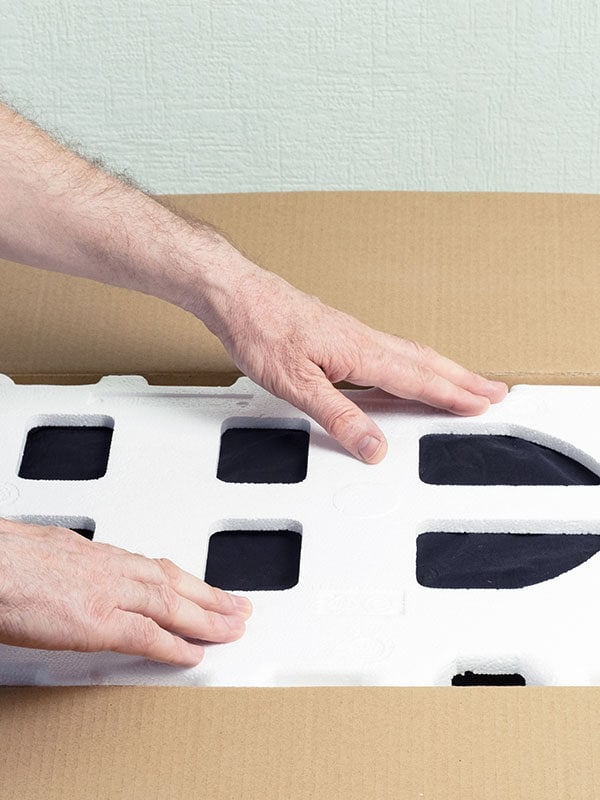

A classic choice for wrapping fragile items, bubble wrap absorbs shocks and protects surfaces from scratches.

Lightweight and pliable, foam sheets are ideal for cushioning delicate items such as electronics and glassware.

Designed to shield the edges of products, corner protectors are a must for furniture and heavy equipment.
It’s not just about protecting products; it’s about using the right protective products. Without a solid solution in play, there are damage risks involved, which can cause all sorts of problems for customers and businesses. For example:
The good news is that there are lots of options when it comes to product protection, and they can each be tailored to various business needs.
Selecting between void fill and protective packaging often depends on your product’s characteristics and shipping requirements, and often, you will need to utilize both of them. For example:
By understanding the strengths of each solution, you can create a packaging strategy that not only keeps your products safe during transit but also enhances your customer’s Unboxing Experience.

Void fill addresses empty space, while protective packaging focuses on direct product protection.

Void fill is typically used to stabilize items within a box, whereas protective packaging wraps or encases individual products.

Many void fill and protective packaging solutions can be tailored to specific product needs.

Some protective packaging solutions can be used as void fill (think bubble wrap) and vice versa.

Both categories offer sustainable alternatives, such as biodegradable packing peanuts and recyclable paper fill.
At BradyPLUS, we’re passionate about helping businesses find the perfect packaging solutions. Whether you need high-quality void fill, protective packaging, or a combination of both, our team is here to guide you every step of the way. Let’s protect what matters—together!
Ready to elevate your packaging game? Contact us today⬇️ to explore our extensive range of products and expert services.
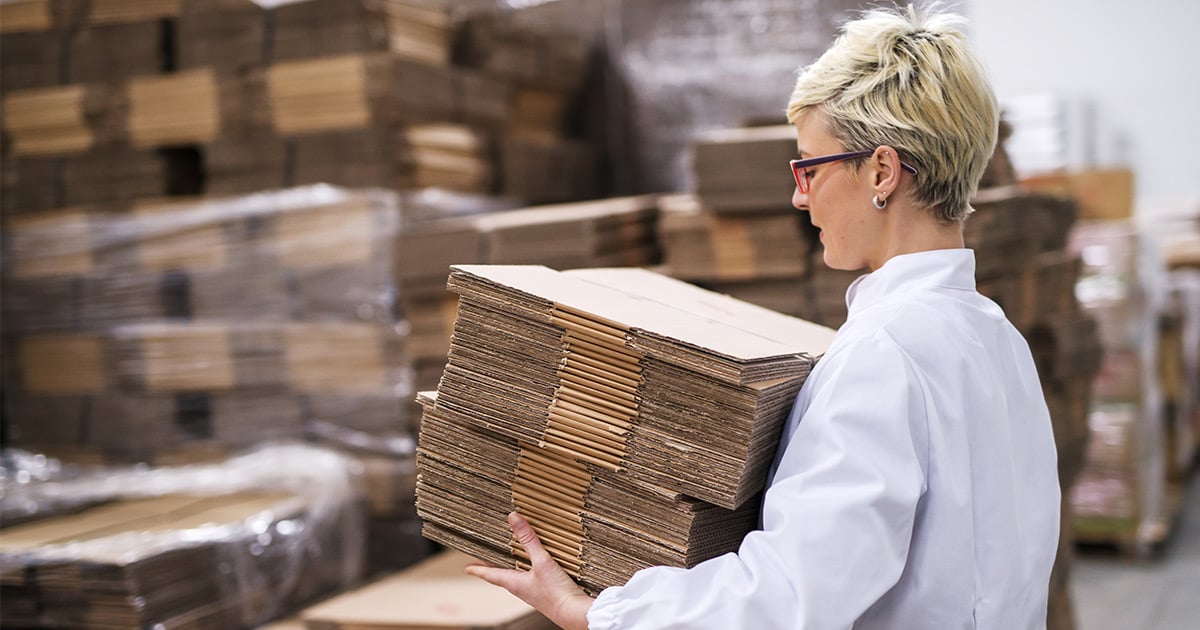
12 min read
Choosing eco-friendly packaging can positively impact your operations and public perception of your products. For instance, you can save on...
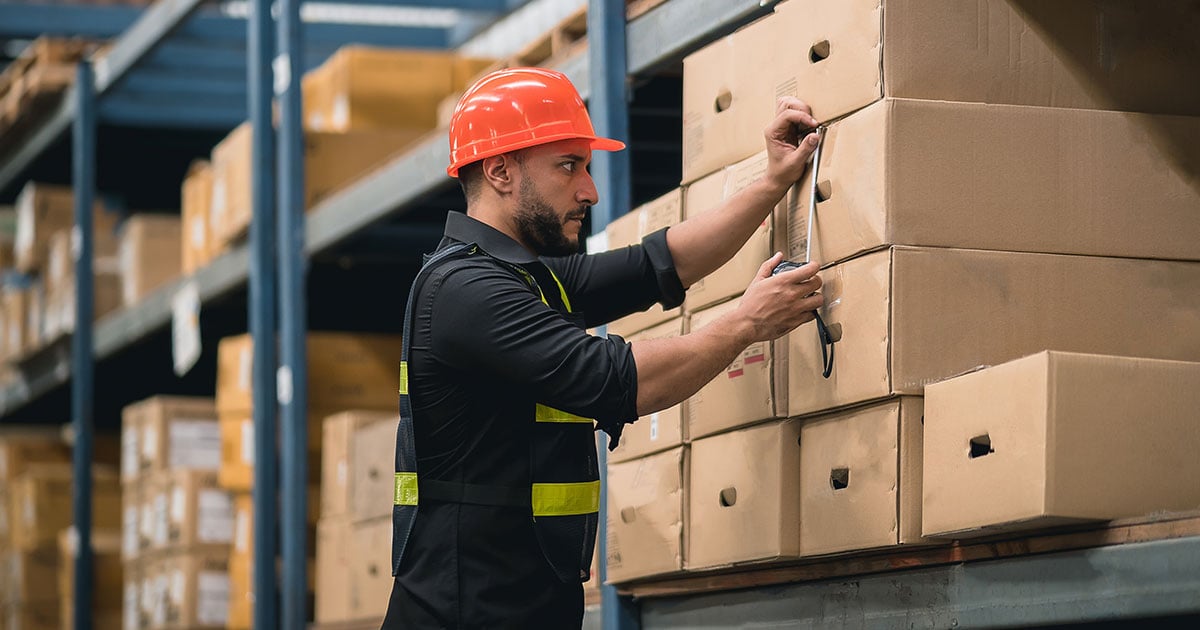
12 min read
It starts with a click. Add to cart. Purchase made!

9 min read
As the holiday season approaches, eCommerce companies face one of the most intense and rewarding times of the year. The increase in demand offers...